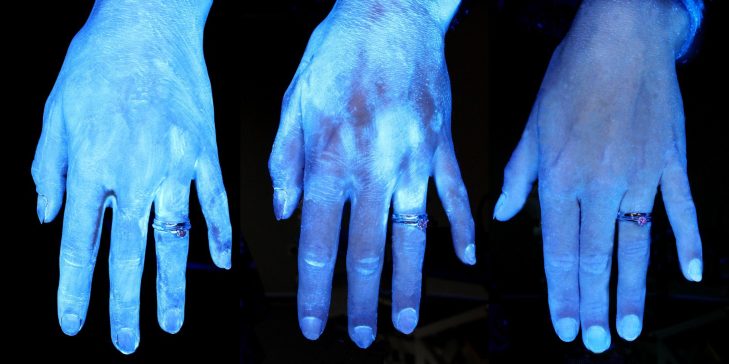At least three times in the past week, I’ve heard some variant of this statement:
I’ve noticed that those who are community-spirited and positive about life have become even more so, reaching out to organize helping systems and cheer people up—and those who are naturally whiny, critical and self-involved have now gone into overdrive.
It’s mostly true. Crisis brings out not just true strength of character, but leadership. Crisis also alerts you to who you wouldn’t want to be stuck with in, say, a bomb shelter.
Crisis has also laid bare the vast and growing distance between those whose primary goals center around more for me and mine—and those who mind the community.
If you’re an educator, you’re familiar with that gap. Maybe you work in a stressed school where lack of qualified staff, supplies and leadership is an ongoing predicament, while well-outfitted schools 25 miles down the road are passing out Chromebooks like peppermints to kids already connected at home. Or maybe your work life is a series of conversations with parents who want special treatment—for their child only.
One education professor I know calls this belief—that some kids are inherently more worthy of educational perks than others— ‘deservingness.’ There are other words: Privilege. Entitlement.
Since the founding of the nation, we have wrestled with the tension between mythic rugged individualism, Ayn Rand-style, making it ‘on your own’—and the reality that we’re all on this big national boat together, capitalizing (deliberate word choice) on the contributions of our forebearers.
And now—we have the horror of Florida Governor DeSantis shutting out citizens from states that are particularly hard-hit with COVID-19, by setting up checkpoints on the highway. The implication is that Florida, a state which used its beaches as commercial draws, spreading the contagion across the Eastern Seaboard, is now closing its doors to those seeking to escape that very illness.
They’re closing the gates to Florida—the federally built highways into a place with over seven million second homes. It all feels kind of medieval—pulling up the drawbridge, standing at the ramparts. Too bad about the taxes you pay on your winter getaway! See you next year, maybe. Now turn around.
I live in a county of twenty-two thousand residents, where the average age is about 55. That’s right. Old folks. Retirees. The gap between rich and poor here is remarkable.
While the county (surrounded by Lake Michigan and Grand Traverse Bay, with other beautiful inland lakes) has the highest average real estate prices in the state, there are in-county schools where virtually all the children receive free and reduced lunch. There are tribal lands—the Grand Traverse Band— in my county. We have no hospitals but rely on a good regional hospital in the next county over.
If there were an influx of refugees from overwhelmed downstate hospitals, we’d be screwed. Rich and poor alike, we’d be competing for scarce resources and scarce medical care. All the entitlement of wealth, the second home and fat bank account, couldn’t secure us a hospital bed, private room and ventilator.
This is what scares people around the country—the raw, indiscriminate nature of the virus. Like the folks in this article on Door County, in Wisconsin, very similar to the place where I live, urging people to stay in their winter homes: We’re just trying to protect our own.
What about Newport, Rhode Island—or Martha’s Vineyard, where the year-round service workers who depend on wealthy part-timers’ business to stay afloat are ambivalent (to say the least) about their early arrival? Here’s what one of my favorite novelists said:
Geraldine Brooks, who has made her home on the island since 2006 and raised her two sons there, has had enough of the stay-away sentiment. She posted on an online forum, “Just asking fellow islanders: where is this marvelous community that has enough beds, enough respirators, enough masks, enough nurses? The lifeboats from the Titanic left half full and didn’t go back for fear of being swamped. This feels like that.”
One of Brooks’s novels, ‘Year of Wonders: A Novel of the Plague’, set in 1666 and based on a real incident, describes a remote mining village in England, where the bubonic plague is systemically killing village residents. It’s clear she’s wrestled with the morality of pandemics.
It’s hard to argue with people who are moving out of a dangerous situation into a place where the virus seems less prevalent. Like the people in remote areas, worried about sharing whatever safety and resources they have, they’re just trying to protect their own.
It’s also hard to argue with people who will do almost anything to get a better deal for their children—including filing a false residency so their child could attend a good public school.
If there’s one lesson we could all learn from this disaster, it’s that we’re all in the same boat, like it or not. Mind the community.





![Attachment-1[21553]](https://nflanagan.files.wordpress.com/2020/03/attachment-121553.jpeg?w=730)